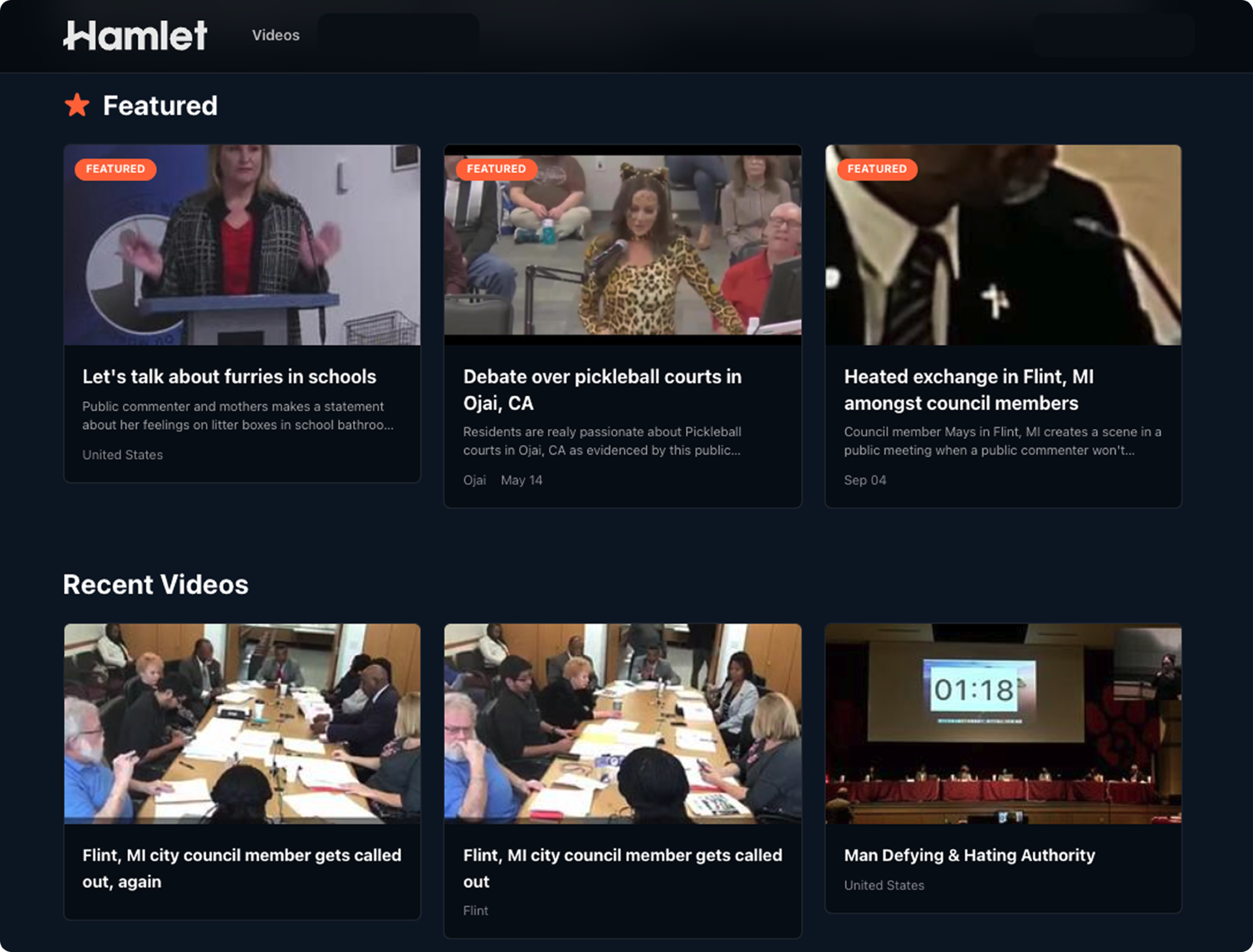
The global audio streaming giant, Spotify, has introduced a significant new feature designed to provide users with more immediate and detailed insights into their personal listening habits. Dubbed "Listening stats," this innovative tool marks a pivotal shift in how the platform engages its vast user base, moving beyond its highly anticipated annual recap, "Wrapped," to offer a continuous stream of personalized data. This development, rolled out on November 6, 2025, across more than 60 countries for both free and premium subscribers, underscores an industry-wide trend toward enhanced user transparency and data-driven personalization.
A Deeper Dive into Listening Habits
Historically, Spotify users seeking to meticulously track their musical journeys often relied on third-party services like Last.fm, which required linking accounts to compile comprehensive listening histories. Until now, the primary official avenue for personal listening data was the much-celebrated "Wrapped" campaign, an end-of-year spectacle that transforms individual consumption patterns into shareable infographics. The introduction of "Listening stats" bridges this gap, offering a weekly digest of user preferences directly within the application.
This new functionality provides a clear overview of a user’s top artists and most frequently played songs over a given seven-day period. Beyond mere rankings, the feature is designed to highlight "special moments," such as reaching a significant milestone with a particular artist, discovering a new favorite track, or encountering a "fan moment" that acknowledges deeper engagement with content. Such curated insights aim to create a more dynamic and rewarding experience, fostering a sense of connection between listeners and the music they love.
Moreover, the "Listening stats" page integrates a practical utility: the option to generate a personalized playlist. This playlist is dynamically curated based on the user’s recent listening trends, blending their current favorites with algorithmic recommendations for potential new discoveries. This seamless integration of data visualization with content generation enhances the utility of the feature, transforming passive data into an actionable tool for music exploration. Accessing these insights is streamlined, requiring users to simply tap their profile image and navigate to the dedicated "Listening stats" tab, making personal data readily available and easily digestible.
The Evolution of Personal Music Data
The journey towards personalized music data on streaming platforms has been a gradual one, mirroring the broader digital transformation of the music industry. Before the advent of digital streaming, personal music consumption was largely anecdotal, tracked perhaps through meticulously organized physical collections or handwritten lists. The digital era, particularly with services like Last.fm emerging in the early 2000s, began to quantify these habits, allowing users to "scrobble" (record) every song they played across various media players. This early form of data collection cultivated a user base that valued insights into their own musical tastes.
Spotify, launched in 2008, quickly became a pioneer in leveraging data to personalize the music experience. Its recommendation engine, driven by sophisticated algorithms, revolutionized how users discovered new artists and genres. However, for many years, the direct visibility into one’s own aggregate listening data remained limited. The turning point arrived with "Spotify Wrapped," first introduced in 2016. What began as a simple annual summary rapidly evolved into a global cultural phenomenon. Wrapped tapped into a powerful human desire for self-reflection and identity expression, transforming personal listening data into a viral social media event each December. Users eagerly awaited their personalized summaries, which often included top artists, songs, genres, and even obscure metrics like total minutes listened.
While "Wrapped" successfully captured the public imagination, its annual cadence meant that users had to wait nearly a full year for a glimpse into their listening patterns. This created a void for those who wished for more frequent updates or a continuous overview of their evolving tastes. The gap was often filled by third-party applications or manual tracking efforts. The introduction of "Listening stats" can be seen as Spotify’s direct response to this persistent user demand, offering a more granular, week-by-week perspective that complements rather than replaces the grand annual tradition of Wrapped. It signifies a strategic move to provide more continuous value and engagement through personal data, aligning with trends seen in other digital wellness and productivity apps that offer weekly or monthly summaries of user activity.
Beyond Wrapped: A New Social Frontier
The social dimension of music consumption has always been integral to its cultural impact, from sharing mixtapes to attending concerts with friends. In the digital age, this social aspect has evolved, finding new expression through platforms like Spotify. The new "Listening stats" feature significantly enhances this social fabric by offering robust sharing capabilities. Users can effortlessly disseminate their weekly top artists and songs to their networks on popular social media platforms such as Instagram and WhatsApp. Furthermore, the integration with Spotify’s recently launched in-app messaging feature allows for direct, private sharing with friends within the ecosystem.
This emphasis on shareability transforms personal listening data into a form of social currency. Music has long served as a powerful marker of identity and belonging. Sharing one’s "Listening stats" is akin to curating a weekly musical identity statement, enabling users to express their current mood, discover new commonalities with friends, and initiate conversations around shared tastes or surprising divergences. This move aligns Spotify more closely with social media platforms, blurring the lines between a pure streaming service and a social network centered around audio content. By fostering more frequent opportunities for users to interact with and share their musical journeys, Spotify aims to deepen user engagement and cultivate a more vibrant, community-oriented experience. This also positions the platform to capitalize on the viral nature of personal data sharing, potentially driving new user acquisition and reinforcing brand loyalty through a sense of community and self-expression.
Market Implications and User Engagement
The launch of "Listening stats" carries significant market implications, particularly in the highly competitive audio streaming landscape. In an era where subscriber retention and engagement are paramount, offering more value through personalized data can be a powerful differentiator. By providing users with continuous insights, Spotify aims to increase the time spent within its app and strengthen the emotional connection users have with the platform. This proactive approach to user engagement can help mitigate churn and reinforce Spotify’s dominant position against rivals like Apple Music, Amazon Music, and YouTube Music, many of which also offer varying degrees of personalized data, but none have quite captured the cultural zeitgeist like Spotify Wrapped.
From an industry perspective, this feature also empowers artists. While direct artist-facing analytics are a separate suite of tools, increased user awareness of their listening habits can indirectly benefit creators. Users who regularly see an artist appearing in their weekly top lists might be more inclined to explore their discography further, attend live shows, or purchase merchandise. This heightened user awareness of their own consumption patterns can foster a deeper connection between fans and artists, potentially leading to more sustained engagement and financial support for musicians.
Furthermore, the feature underscores the growing importance of data visualization and user experience design in tech products. Presenting complex listening data in an intuitive, engaging, and shareable format is crucial. The success of "Listening stats" will likely depend not just on the data it provides, but on how effectively it communicates that data in a way that resonates with users and encourages interaction. This continuous feedback loop of personal data could also influence Spotify’s algorithmic recommendations, as users become more conscious of their choices and potentially more deliberate in their listening, creating a richer dataset for the algorithms to learn from.
The Balance of Transparency and Surprise
One of the nuanced considerations arising from the introduction of weekly "Listening stats" is its potential interplay with the annual "Wrapped" experience. As the original article points out, while the new feature offers a welcome increase in transparency, it might "kill the surprise element of discovering some tidbits about themselves at the end of the year." This analytical commentary highlights a delicate balance that Spotify must maintain.
Wrapped’s allure lies partly in its grand reveal – a comprehensive, often surprising, retrospective of an entire year’s worth of listening. It’s a moment of collective anticipation and individual discovery. If users are consistently aware of their top artists and songs week by week, the impact of seeing these same artists and songs aggregated at year-end might diminish. However, Spotify has indicated that Wrapped will continue, suggesting a strategic intent for the two features to coexist. Wrapped could evolve to focus on broader trends, deeper insights, or more unique, year-long narrative arcs that weekly stats cannot capture, such as total hours spent, mood analyses, or genre-bending discoveries across twelve months.
Ultimately, the addition of "Listening stats" represents a commitment to providing users with more agency over their data and a more continuous, engaging experience. It reflects a maturing understanding of how users interact with digital content and a recognition that personal data, when presented thoughtfully, can be a powerful tool for self-discovery and social connection. The challenge for Spotify will be to ensure that both the weekly updates and the annual spectacle continue to deliver distinct value and maintain their respective appeals in the ever-evolving landscape of digital audio consumption.
Looking Ahead
As Spotify continues to innovate, the "Listening stats" feature signifies a forward-looking approach to user engagement and data utility. It represents a step towards making personal listening data not just an annual curiosity but a dynamic, ongoing part of the user experience. This continuous feedback loop of personal insights, combined with social sharing capabilities and algorithmic playlist generation, positions Spotify to further solidify its role as a central hub for music discovery, consumption, and community. The coming months will reveal how users integrate these weekly insights into their routines and how Spotify further refines this feature to maintain the magic of both immediate understanding and grand annual revelation.





